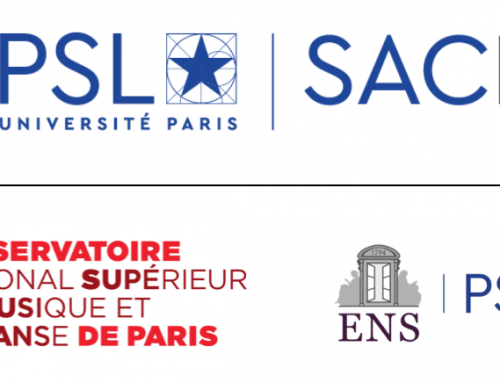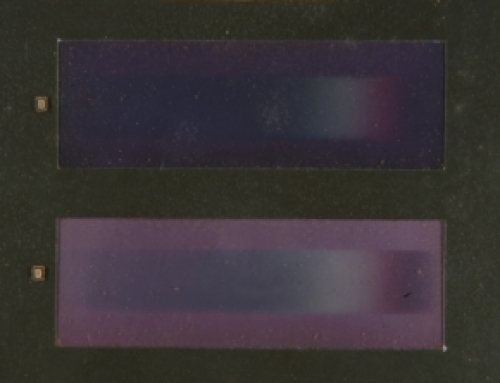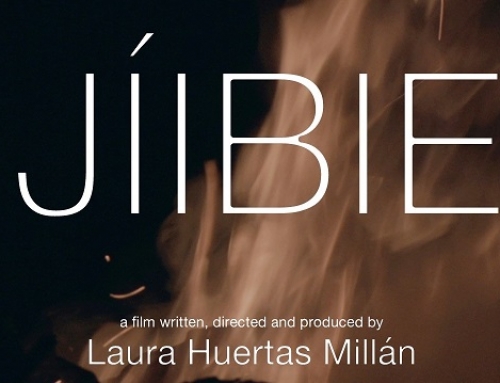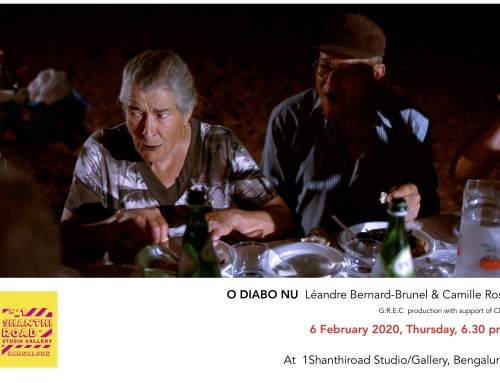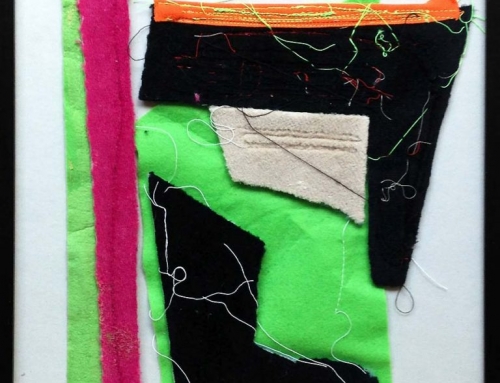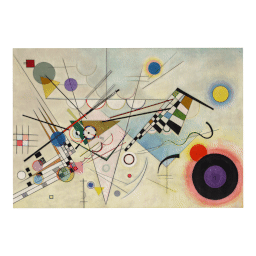
Pierre Lelièvre, doctorant SACRe-ENS, publie avec son directeur de thèse Peter Neri, un article dans la revue Journal of Vision, intitulé A deep-learning framework for human perception of abstract art composition. Cet article cherche à mieux comprendre les mécanismes perceptifs propres à l’art abstrait : l’abstraction n’étant finalement que le cœur le plus mystérieux de la vision en général. Comme un premier pas dans cette voie, ce papier s’appuie sur le jugement de l’orientation des peintures et s’interroge sur la granularité des éléments graphiques.
Ce papier fait notamment suite à une précédente actualité : https://sacre.psl.eu/27-05-19-participer-en-ligne-a-deux-experiences-de-pierre-lelievre-sur-la-peinture-abstraite/
Abstract :
Artistic composition (the structural organization of pictorial elements) is often characterized by some basic rules and heuristics, but art history does not offer quantitative tools for segmenting individual elements, measuring their interactions and related operations. To discover whether a metric description of this kind is even possible, we exploit a deep-learning algorithm that attempts to capture the perceptual mechanism underlying composition in humans. We rely on a robust behavioral marker with known relevance to higher-level vision: orientation judgements, that is, telling whether a painting is hung “right-side up.” Humans can perform this task, even for abstract paintings. To account for this finding, existing models rely on “meaningful” content or specific image statistics, often in accordance with explicit rules from art theory. Our approach does not commit to any such assumptions/schemes, yet it outperforms previous models and for a larger database, encompassing a wide range of painting styles. Moreover, our model correctly reproduces human performance across several measurements from a new web-based experiment designed to test whole paintings, as well as painting fragments matched to the receptive-field size of different depths in the model. By exploiting this approach, we show that our deep learning model captures relevant characteristics of human orientation perception across styles and granularities. Interestingly, the more abstract the painting, the more our model relies on extended spatial integration of cues, a property supported by deeper layers.

